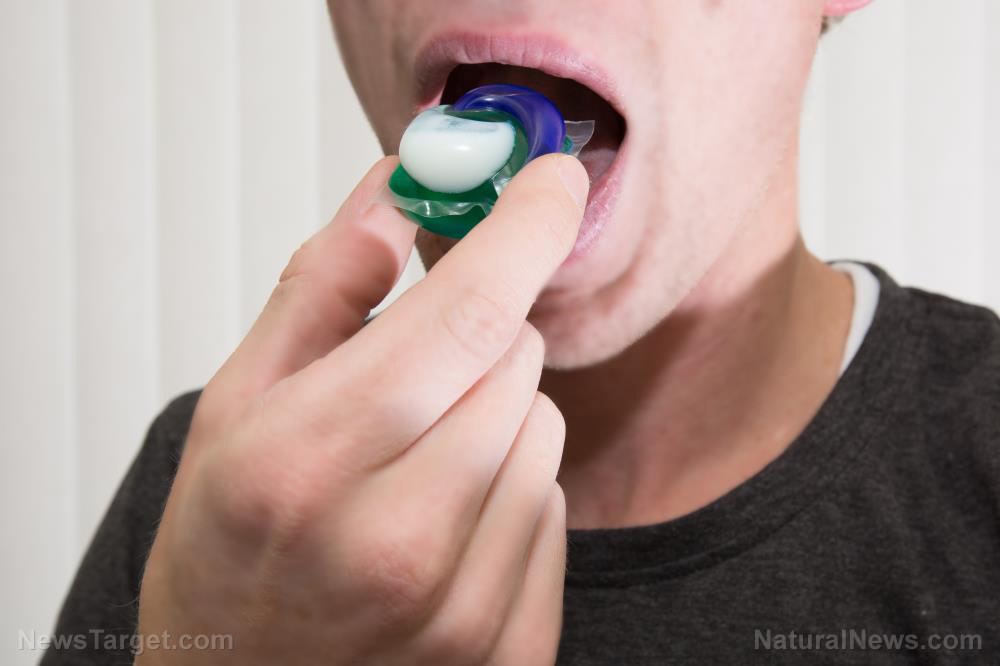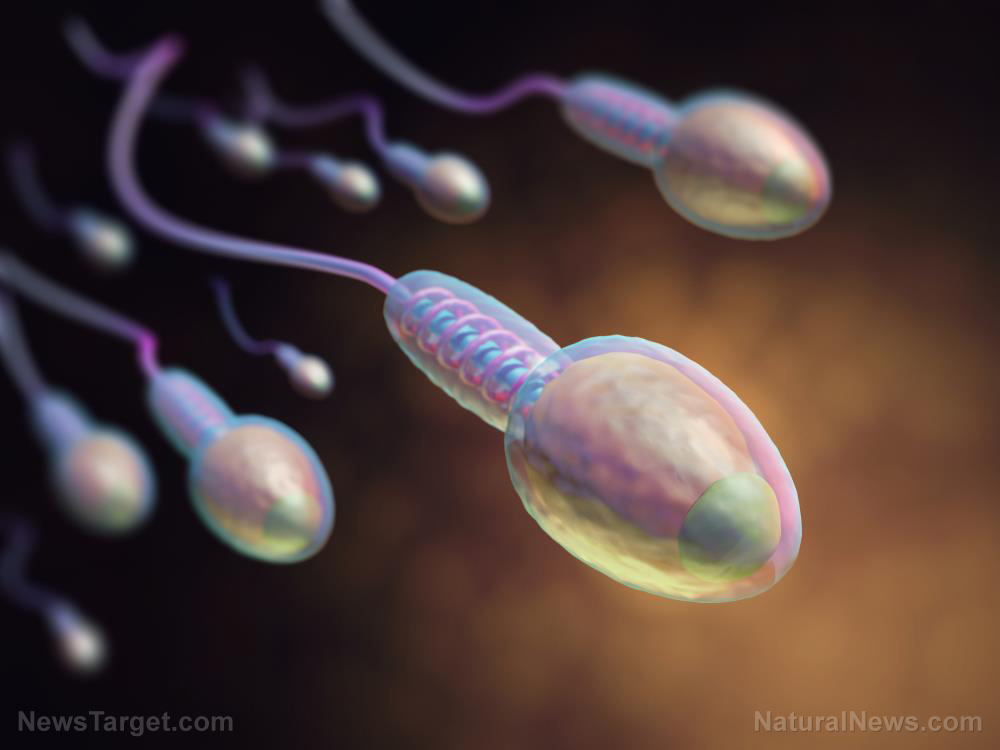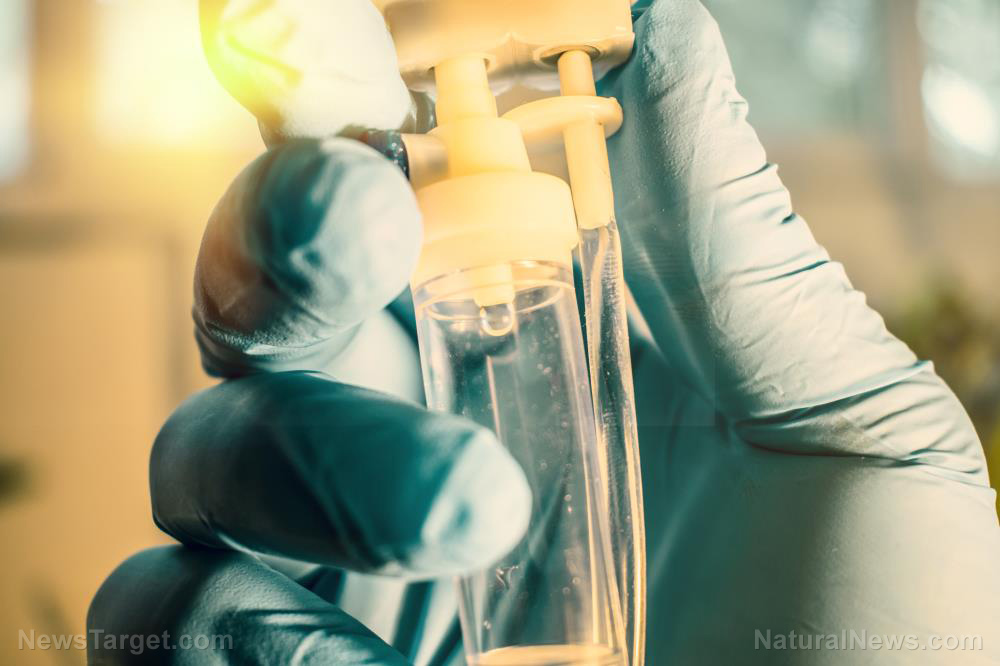ALERT: Neonic pesticides in tap water react with chlorine to create hazardous chemicals that are 300 times more toxic
11/27/2019 / By Edsel Cook

Researchers warn that conventional methods for treating water can trigger chemical reactions in neonicotinoid contaminants. The resulting metabolites are proven to be far more toxic than the original “neonic” pesticides.
Their newest experiment followed up on their discovery of neonicotinoids in tap water sources. The team investigated the risk of the pesticides getting exposed to chlorine-based water treatments and transforming into chlorinated disinfection byproducts (DBPs).
Furthermore, they evaluated the toxicity of the DBP metabolites generated by the chemical reactions between neonics and chlorine. Their efforts received support from the U.S. Geological Survey (USGS) and the University of Iowa (UI).
Analysis of the chlorinated tap water confirmed the presence of desnitro-imidacloprid and imidacloprid-urea, which are both metabolites of imidacloprid. The two formed after the neonic pesticide reacted with the chlorine disinfectant.
Desnitro-imidacloprid possessed 319 times the toxicity of its parent pesticide on mammals. Tests showed that even low levels of desnitro-imidacloprid negatively affected the health of vertebrates.
The researchers also reported that desnitro-imidacloprid and imidacloprid-urea might react to water treatment processes. When that happens, the imidacloprid metabolites became chlorinated DBPs. (Related: Glyphosate and its byproduct AMPA found to heavily contaminate farms, rivers, cities and rural areas across America.)
Chlorination causes neonicotinoid pesticides to transform into even deadlier toxins
The USGS-UI study simulated the conditions found in real-life water treatment plants. They proved it was possible for chlorinated chemicals to form in treatment tanks.
The newly-discovered chlorinated DBPs remain untested and untracked. They might have serious implications for human health.
Research on other DBPs demonstrated their high toxicity on humans. Studies established strong links between the chlorinated chemicals to cancer and birth-related health problems.
Neonicotinoids have displaced their predecessors as the most prevalent insecticides in the world. Their widespread employment ensures that any adverse effects get felt worldwide.
Regulatory agencies like the U.S. Environmental Protection Agency (EPA) believe that neonicotinoids don’t pose any danger to vertebrates. The pesticides work in such a way that they can only poison invertebrates.
However, neonics end up causing great harm to bees and other beneficial insects. They also poison aquatic invertebrate species that serve as food sources for aquatic vertebrates such as amphibians and fish.
Even worse, desnitro-imidacloprid and other neonic metabolites have changed the way they poison their targets, becoming more toxic to vertebrates like mammals and humans.
Newly discovered chlorinated disinfection byproducts might be more toxic than pesticides
The USGS and UI researchers expressed concern about the toxicity of the neonicotinoid-derived chlorinated disinfection byproducts. Much like how desnitro-imidacloprid and imidacloprid-urea proved more toxic than imidacloprid, the DBPs might turn out to be more deadly than the chlorinated metabolites and their neonic pesticide predecessors.
“Greater potential toxicity and frequent presence in these water samples of neonicotinoid metabolites demonstrate the need to consider their fate and persistence in drinking water treatment systems (e.g., during chlorination and other treatment processes) and their potential effects on human health,” the researchers concluded.
The EPA is preparing to conduct a human health risk assessment of neonicotinoid pesticides in 2019. Experts urge the federal agency to include neonic-derived metabolites and chlorinated disinfection byproducts in its investigation.
Furthermore, they want the EPA to hold a cumulative risk assessment of neonic pesticides and associated metabolites. They find it alarming that the planned evaluation does not make any provision for the cumulative risks of a class of persistent and toxic chemicals.
Meanwhile, neonicotinoids continue to spread. The pesticides are not just limited to tainting surface water and drinking water. They also contaminate fruits and vegetables – and unlike earlier pesticides, they cannot be rinsed away.
Various studies also warned that exposure to neonicotinoid pesticides impaired the behavior of animals and caused children to develop effects akin to autism.
Sources include:
Tagged Under: chemicals, drinking water, environment, EPA, neonicotinoids, tap water, toxic water, toxins, Water contamination, water health
RECENT NEWS & ARTICLES
COPYRIGHT © 2017 TOXINS NEWS



















